As a business owner, one of your biggest tax decisions each year is how you’re going to take money out of the company. Your mix of salary, dividends, bonuses, and other benefits determines both your personal tax bill and how much NICs and corporation tax your company pays.
Salary vs. Dividends: The fundamentals
Generally, high earners are encouraged to pay a small salary (above the lower earnings limit for National Insurance) to protect their state pension rights.
Up to certain thresholds, dividends are usually a more tax-efficient way to bulk out the rest of your personal earnings.
Remuneration planning is a personal matter, and your accountant should never suggest one-size-fits-all solutions for you. You want to find a sweet spot that works for you and your business.
* Salary taxed at 20% on £37,700, 40% on £49,730, 45% on £0 (as personal allowance is fully lost once income > £125,140).
** Dividend tax: £500 allowance + £37,700 at 8.75% = £3,298, and £36,800 at 33.75% = £12,430 → £15,728 total.
Net dividends after tax = £75,000–£15,728 = £59,272. Plus no NICs = £69,059.
For mixed: salary £12,570 (tax-free) + dividends £75,000 → taxed partly at 8.75%, 33.75%. After tax = £81,629.
Corporation Tax impact of salary and dividends
It’s really important to consider Corporation Tax as part of your salary and dividend planning.
- Salary is deductible, dividends are not. Dividends are paid from post-tax profits, so the company has already paid corporation tax before they’re distributed.
- While salary reduces corporation tax, the saving can be more than offset by employer NICs, especially at higher salary levels.
- From April 2023, the small profits rate (19%) applies up to £50k, marginal relief between £50k–£250k, and the main rate (25%) above £250k. The tax efficiency of dividends vs salary changes depending on where the company sits in this banding.
- Employer pension contributions, R&D tax relief, capital allowances, and other reliefs also reduce taxable profits.
- Where companies have trading losses, choosing salary (deductible) can accelerate relief, whereas dividends won’t.
- Corporation tax is payable 9 months after year-end. Dividends and PAYE/NIC liabilities can arise sooner.
- At higher income levels, personal allowance tapering (lost above £100,000) and dividend allowance reduction (£500 from 2024/25) change the optimal mix.
Use your dividend allowance
The dividend allowance (which was £1,000 in 2023/24 and has dropped to £500 in 2024/25) is small but still worth claiming. You should make sure you draw at least this amount, providing it fits with your overall plan.
Beware the £100k tax trap!
When your adjusted net income goes above £100,000, your Personal Allowance (£12,570 for 2024/25) begins to reduce. For every £2 you earn over £100,000, you lose £1 of Personal Allowance.
- At £100,000 income → you still have the full £12,570 Personal Allowance.
- At £125,140 income → you have lost the entire Personal Allowance.
But going above £100,000 adjusted net income doesn’t just cost you your Personal Allowance. Other thresholds kick in too, making the true cost even higher.
Student Loan Repayments
Student loan repayments are 9% of income above the threshold (which varies depending on which plan you are on). Once you’re in the £100k income range, every extra £1 can cost you 60% in income tax as well as 9% student loan.
This means an effective marginal rate of 69% (or higher if you’re repaying post-grad loans!)
Loss of free childcare hours
Households where either parent earns more than £100,000 lose entitlement to 30 hours of free childcare for 3- and 4-year-olds. That benefit is worth up to £5,000+ per child, per year.
High Income Child Benefit Charge (HICBC)
If you (or your partner) earn over £60,000, you’ll either need to pay the High-Income Child Benefit Charge (HICBC) or stop receiving Child Benefit altogether. Combined with the £100k tax trap, this can hit families very hard!
Keep an eye on your tax bands
Taking just a little too much income can tip you into the higher(40%) or additional (45%) rate brackets. You need to plan carefully to staywithin bands where possible.
Directors’ loans
If you have borrowed money from your company, you should aim to clear this before the year-end. Any outstanding loans can trigger a Section 455 tax charge at a rate of 33.75%. You may be able to prevent this with structured repayments or dividend planning.
Want more tips like this?
This blog features an excerpt of our free Year-End Tax Planning handbook, which you can download for yourself using the form below.

.png)


.png)

.png)
.png)

.png)
.png)
.png)













.png)
.png)
.png)

.png)
.png)

.png)




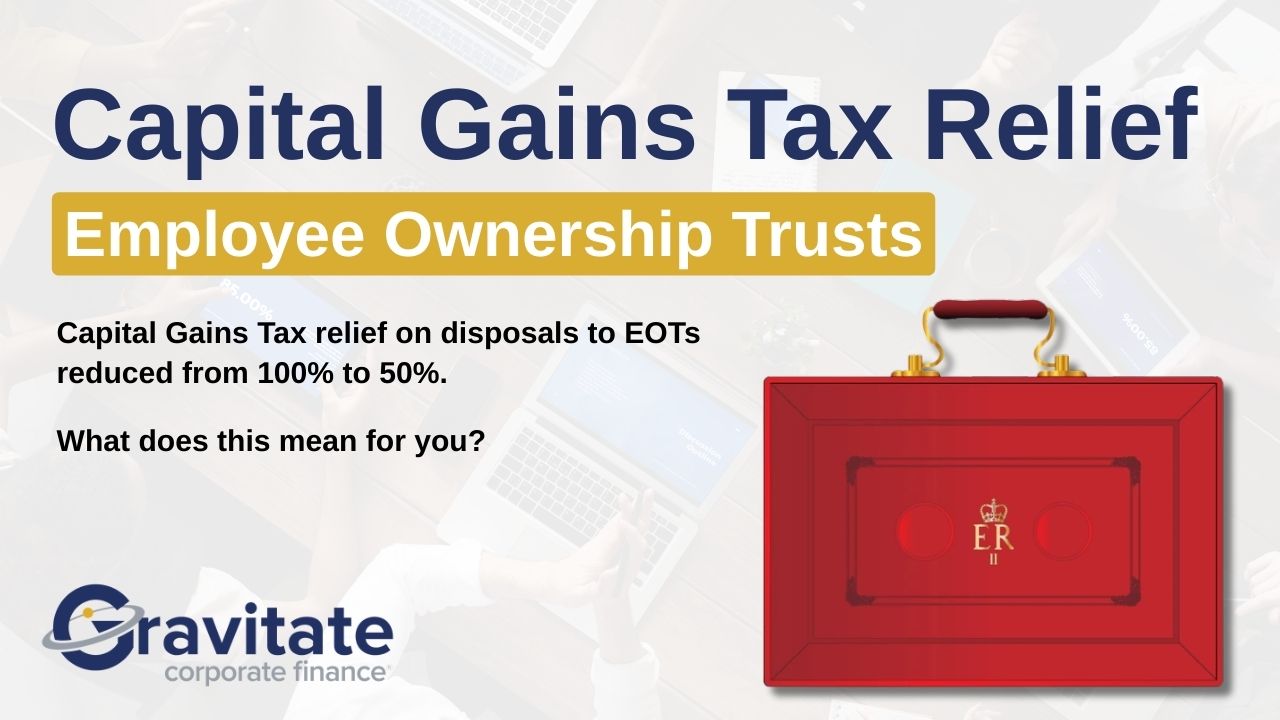
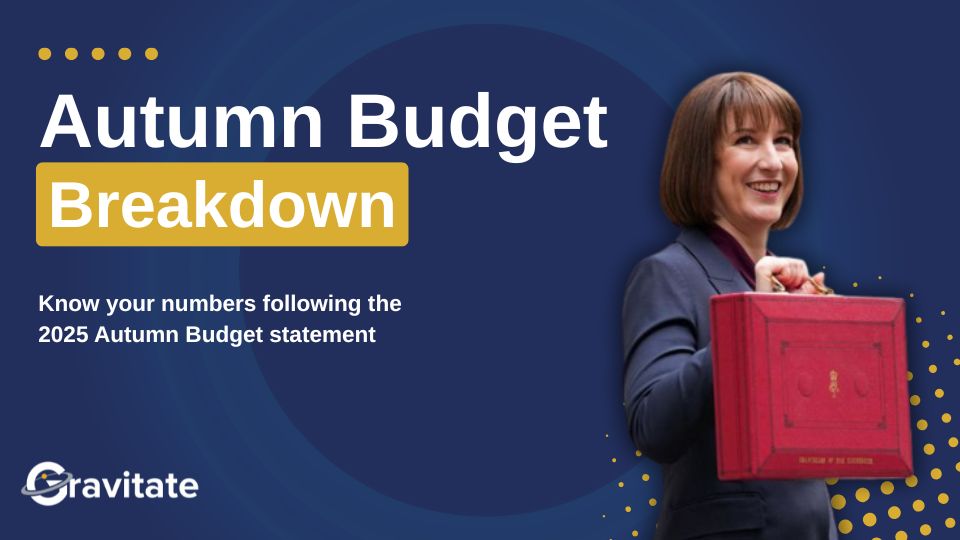
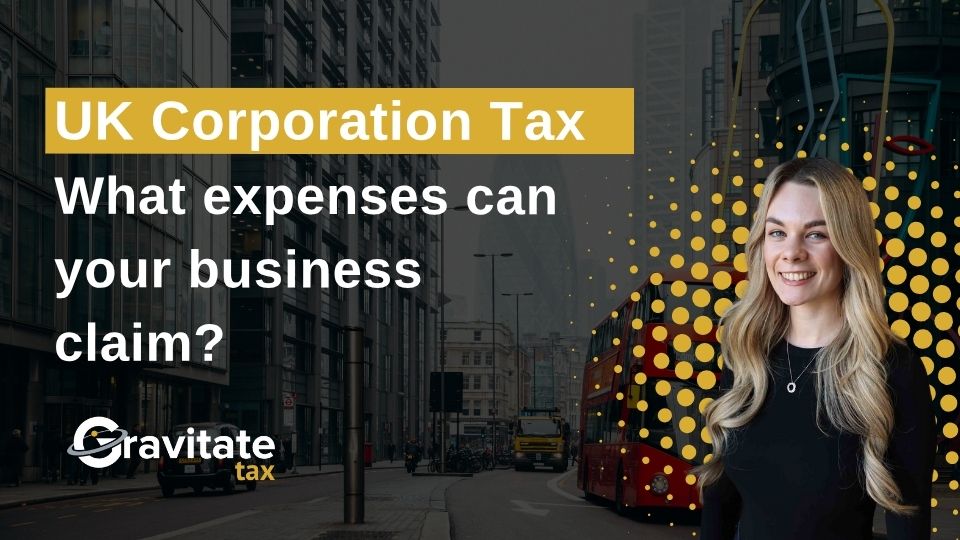
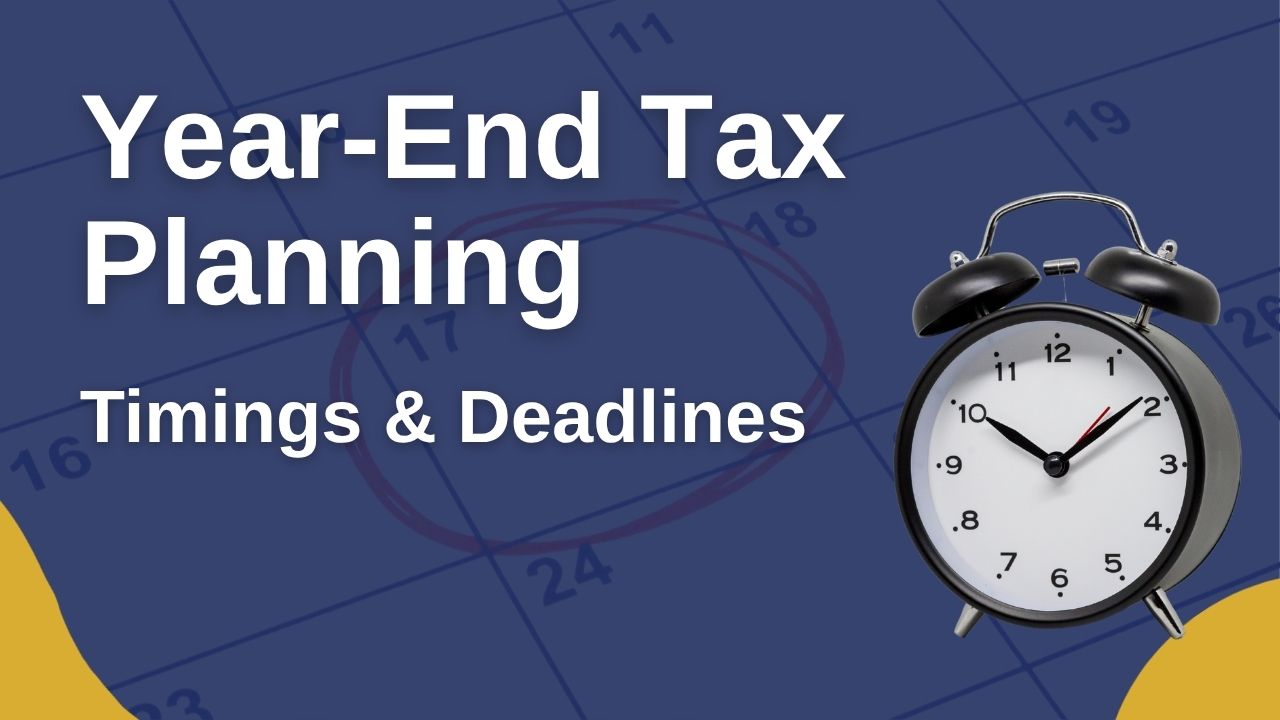
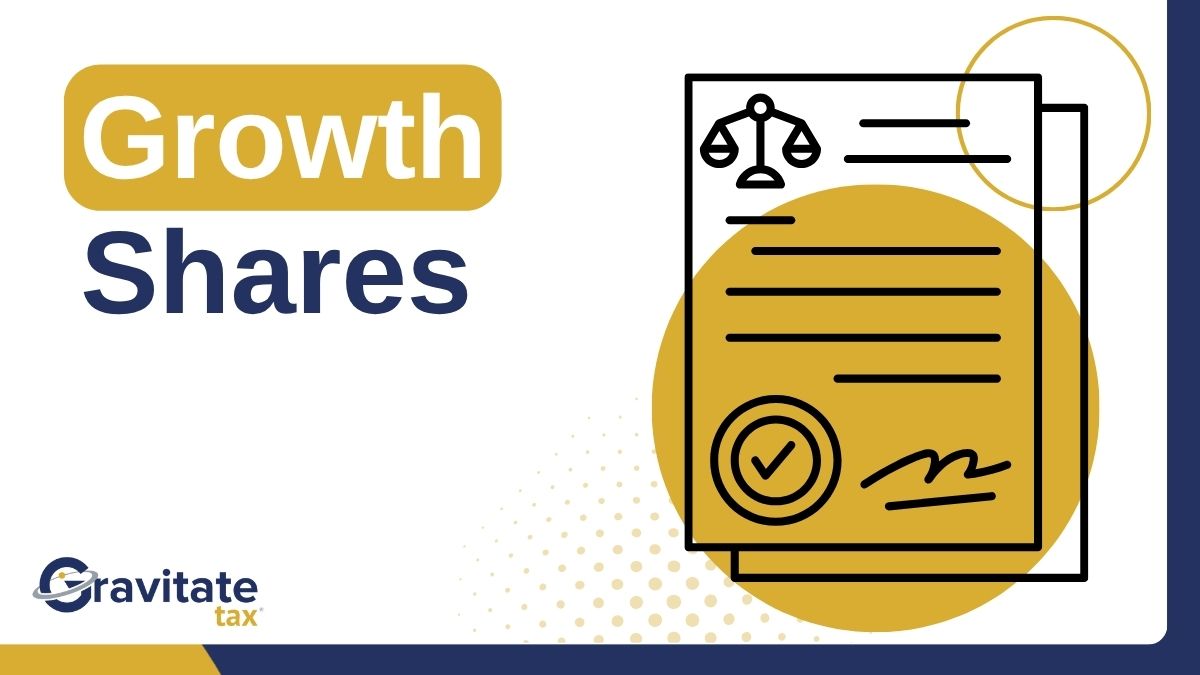
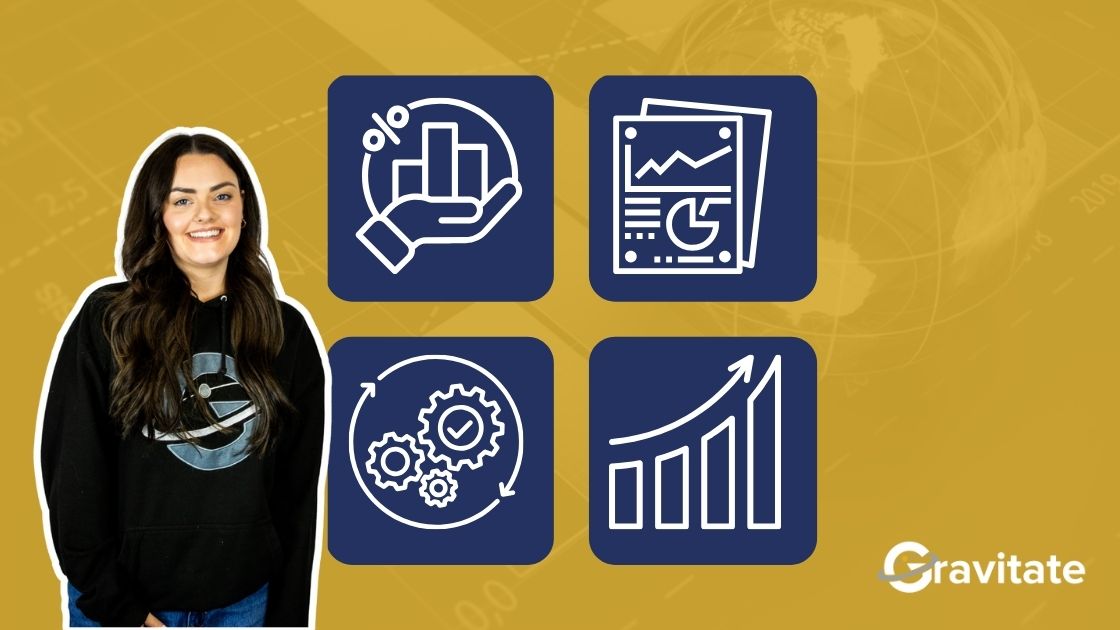

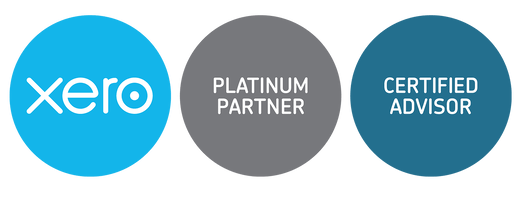



.jpg)

.webp)
.png)

.svg)
